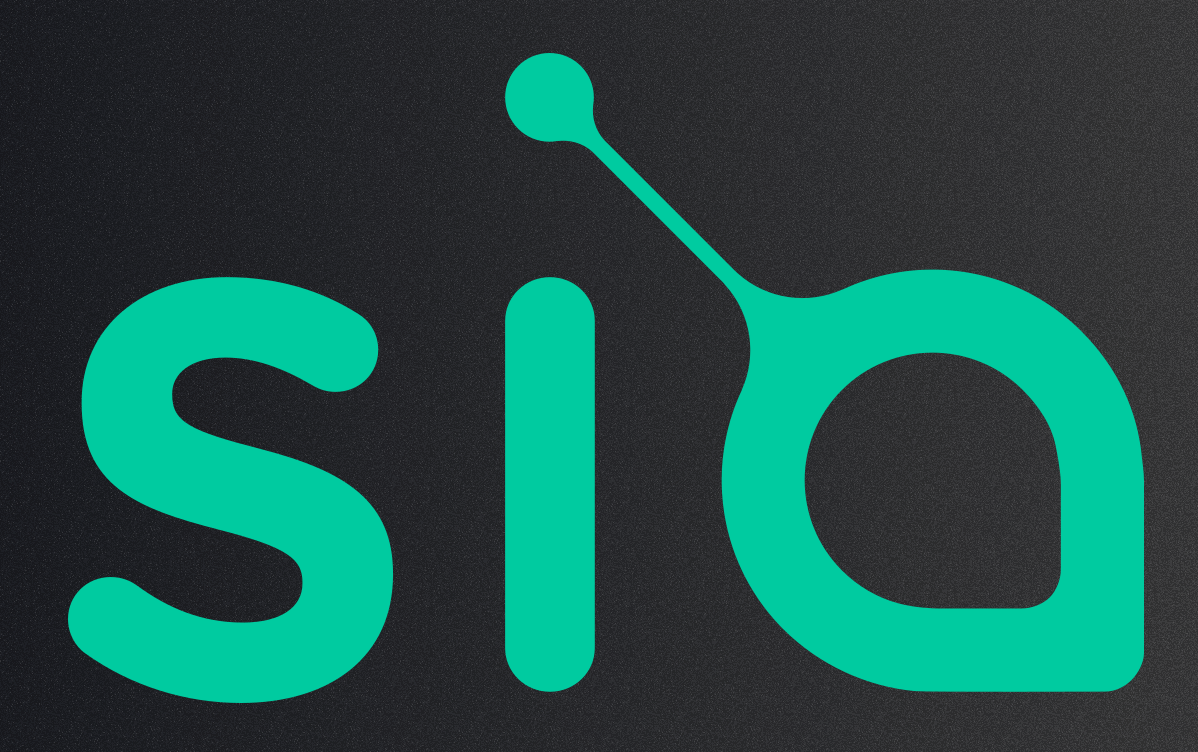Multiple Sia community members were concerned about Bitmain’s new ASIC miner. The company suddenly announced the A3, which is designed specifically for mining Siacoin. There were some brief discussions about possibly introducing a Sia fork which would disallow the ASIC hardware from impacting the network. It seems those plans have now been dismissed and nothing will happen to prevent the use of ASIC miners on the network.
No Sia Fork to Prevent ASIC Mining
It is evident the introduction of ASIC mining hardware specifically for Sia would have some interesting consequences. After all, these machines are a lot more powerful than most consumer hardware on the market as of right now. If a few dozen A3 miners hit the network at the same time, it would introduce some big changes to the Sia network as a whole. The overall hashpower would increase exponentially, resulting in a higher mining difficulty that would push smaller miners into a corner.
There was recently an open letter written by several long-term Sia community members expressing their concerns over this development. They proposed that the developers introduce a code fork to ensure ASIC mining would never be possible for Siacoin. The developers took all of these remarks into consideration and ultimately decided not to fork the code. It is an interesting decision, and one that will continue to spark debate moving forward.
In a recent Medium post, the team explained why they see no issues with Siacoin ASIC miners. In fact, the team has been in favor of seeing ASIC hardware for the Sia network. It seems both the hardware and increased hashrate are considered positive developments for this altcoin. With plenty of ASIC miners out there, there is a lower chance of suffering from a 51% attack, which is always a good thing. This doesn’t mean we won’t see centralized mining efforts related to Sia, though.
The fact that Bitmain introduced its Sia mining hardware without prior warning is also considered rather controversial. The company has a very strong track record when it comes to Bitcoin and even altcoin mining. At the same time, Bitmain has been a “bad actor” due to blocking Bitcoin network upgrades, supporting Bitcoin Cash, and the Antbleed debacle. It is evident that any involvement by this company will be criticized for many reasons. Its hardware itself is in high demand, though.
In the case of Sia, we now have two different ASIC devices competing with one another. There is the Obelisk SC1, which was created by the team itself, and the Bitmain Antminer A3. Although the developers could easily nullify the impact of the A3 through a soft fork, they have no intention of doing so as of right now. If the hardware turned out to be the catalyst for an attack against the Sia network, that situation could change. This indicates that the developers are somewhat concerned, but not in a preemptive fashion.
By taking this course of action, the Sia developers will need to come up with a way to keep Bitmain in check. That is much easier said than done, for obvious reasons. The option to fork the code and nullify Bitmain’s hardware is still an option. Additionally, the A3 miners will be pushed to pools such as Luxor and Siamining, rather than to pools affiliated with Bitmain. Moreover, there will be a push for other ASIC manufacturers to develop competitive mining equipment.

